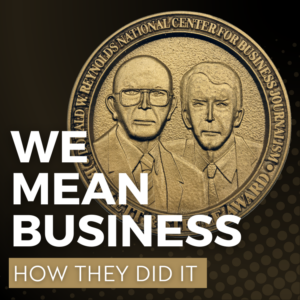What are for-profit colleges and universities?
For-profit colleges are operated by owners or investors versus the government, a religious group, or a not-for-profit institution. They spend large amounts in advertising, and rely on tuition and state and federal student loans or aids. Thus, for-profit colleges still rake in revenue, even if a student drops out, or if their degree is not accepted by other universities or employers, saddling students with long-term debt.
Many of these institutions are career-focused (such as teaching, business, etc.), based in multiple locations, and online, but often are not considered nationally accredited. For instance, Purdue Global’s Concord Law School is not American Bar Association-accredited, since the ABA does not accept accredited online universities. Currently, California is the only state that allows Concord Law students to sit for the state bar exam; however, only 29 percent of its first-time test-takers passed in July 2018, according to data from the California Bar Association.
A full list of non-profit universities in the United States can be found here. See if your area has for-profit institutions, and what kind they are (online or physical). What do they offer to incoming students? What is the overall quality of these schools? How many of these programs are accredited, both locally and nationally?
In addition, look at a for-profit institution’s budget, particularly how much they pay bottom-down and how much they spend. Salon reports that little goes to actual education, with the majority going to advertising to incoming students, compared to public and private universities. Interview current and former students about their learning experience, and compare that to local public and private universities. Do these also accept course credit from these for-profits?
Some for-profit colleges also tour high schools and recruit potential students. Do local high schools have these institutions visit? How many high school students go to for-profits over more traditional colleges?
Students: faulty degrees and crushing debt
In most cases, students are considered “nontraditional”: going to school after a long hiatus, for instance These students are often enticed by “flexible” degrees to fit their schedule; many are older, working people with families and attempting to get a degree to improve their employment chances.
For-profit students are dependent and thus borrow more than two-year students. As a result, nearly half of for-profit students defaulted in their loans in 2004, according to Forbes.
These for-profit colleges have recently come under scrutiny and criticism, particularly when Education Secretary Betsy DeVos repealed an Obama-era regulation that cracked down on non-profit colleges that preyed on students, causing them large, long-term student debt and little to no “gainful employment” post-graduation. Though officials from the Education Department promise to update the College Scorecard, a database that tracks student loan debt information and earning prospects, there will be fewer accountability for for-profits. One of these aspects includes no longer threatening for-profit colleges with no federal financial aid, forcing students to be responsible for their loans.
Interview students who are seeking or have been through a for-profit college program. Why did they seek out these institutions? How are their employment opportunities now? How much debt do they have, and still have left to repay? What are the interest rates on these loans?
Also consider interviewing employees and teachers. What brought them to these institutions? How are they (if they are) accredited to teach? Were they former students themselves? Is this their only job?
Transitions to non-profits or public universities
The line between non-profit and for-profit colleges can blur, such as in the case of Indiana-based Purdue University merging with the for-profit entity Kaplan in 2018. This public institution, now called Purdue Global, is mainly online-based, with eight “learning centers” located in six states. The main campus for accreditation is based in Indianapolis, Indiana, according to the university’s website. There are 29,000 students as of 2019, who can pursue career-oriented associate’s, bachelor’s, and master’s degrees.
In some cases, for-profit colleges convert into non-profit entities, such as Grand Canyon University in 2018 in Phoenix, Arizona. It is a private, Christian-based university with 90,500 students, with 70,000 online, according to the university. Grand Canyon University is regionally accredited by the Higher Learning Institution Commission. However, certain courses are not nationally accredited, leading to accusations and fraud-allegation lawsuits from former students who find that post-graduation, their degrees are worthless in other states.











